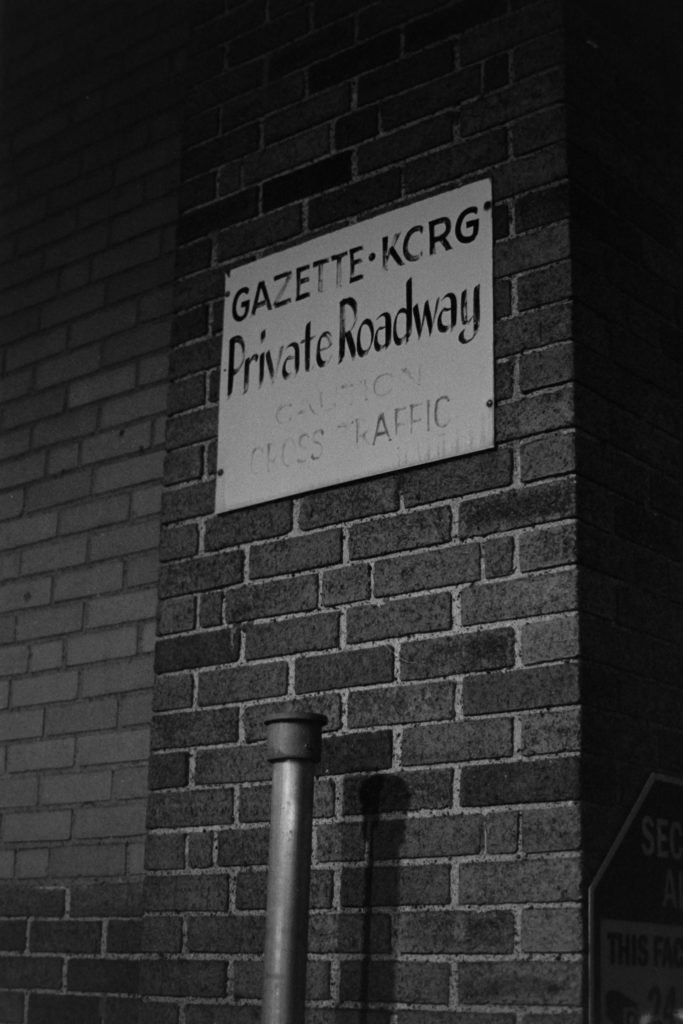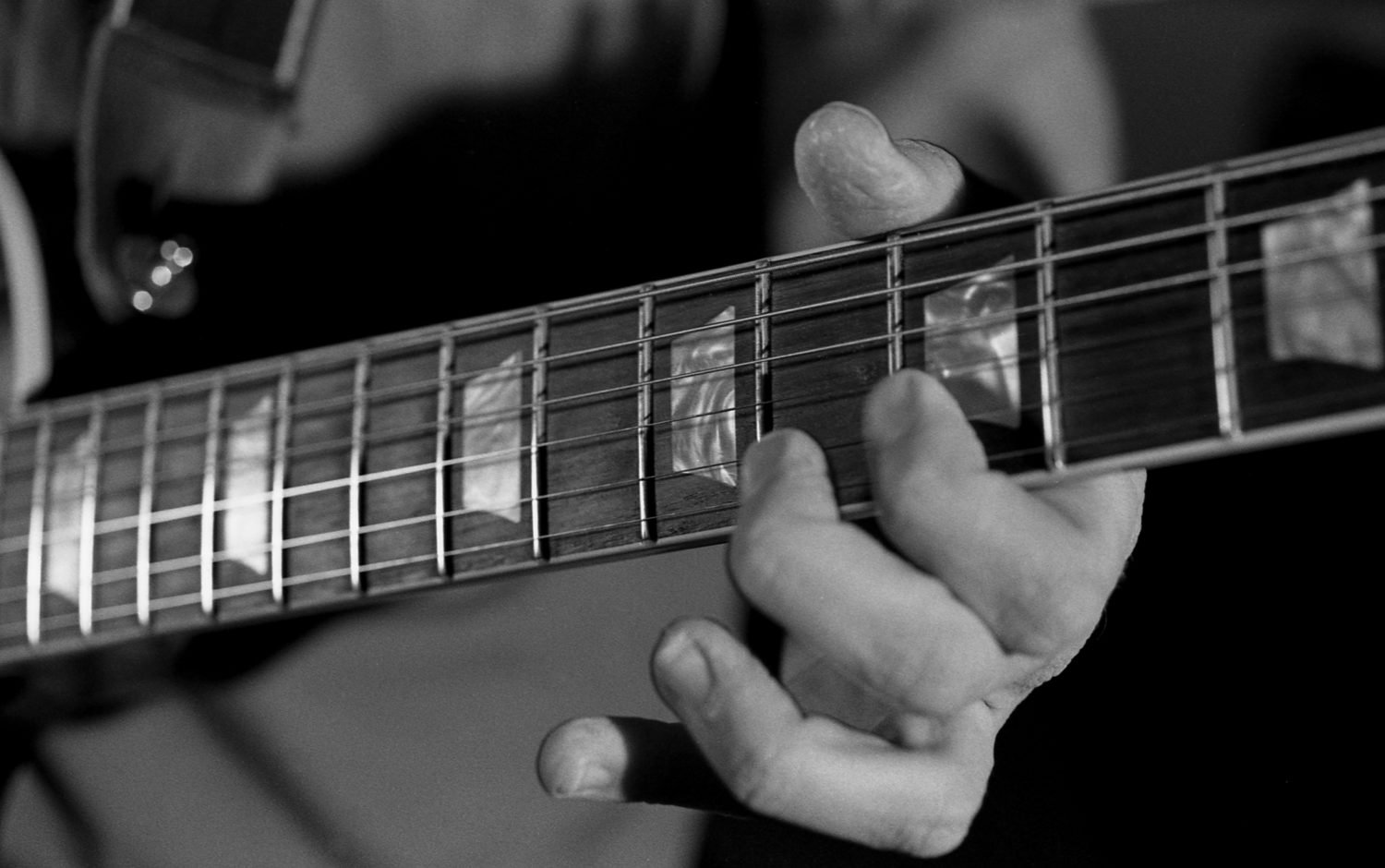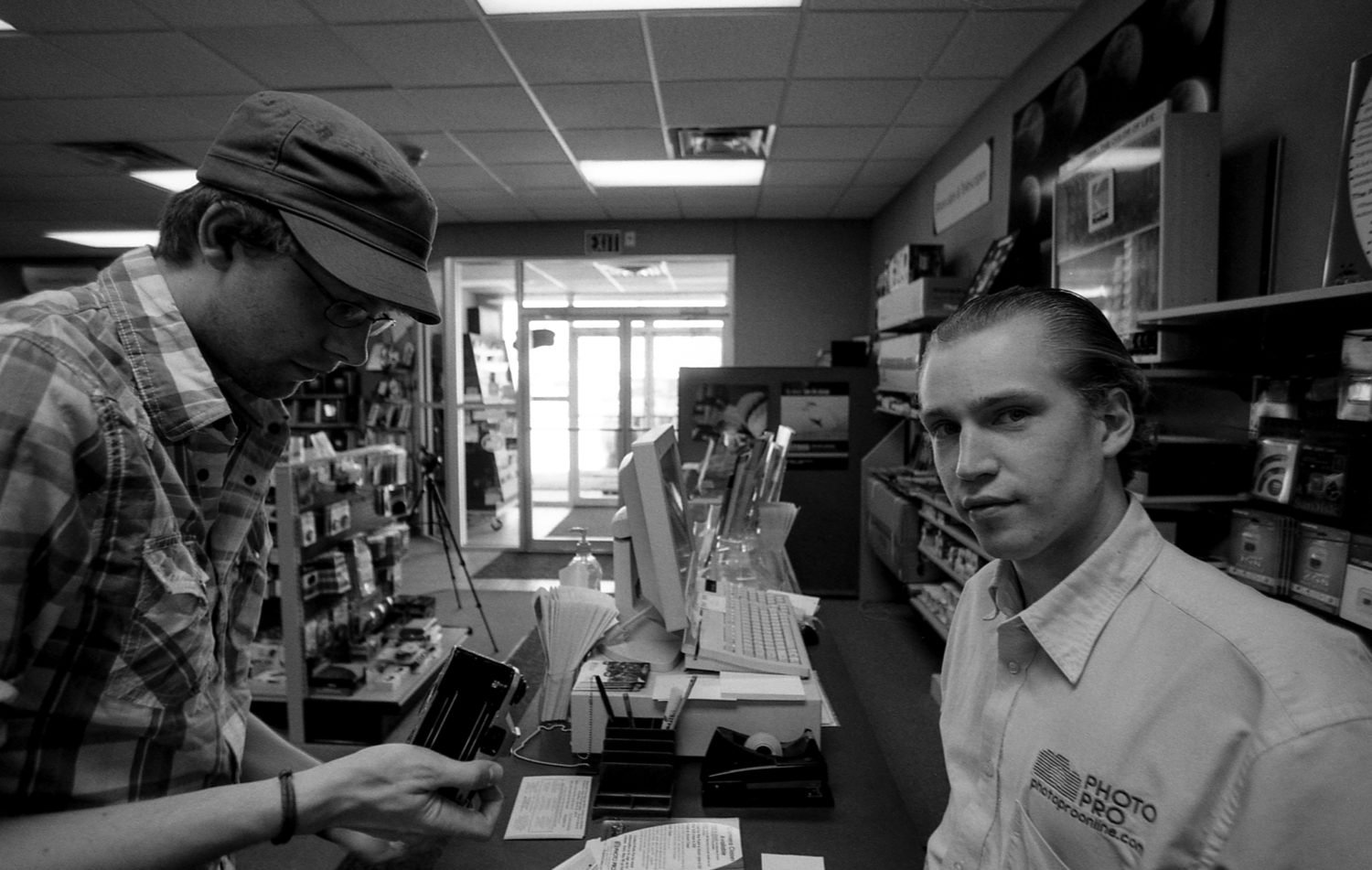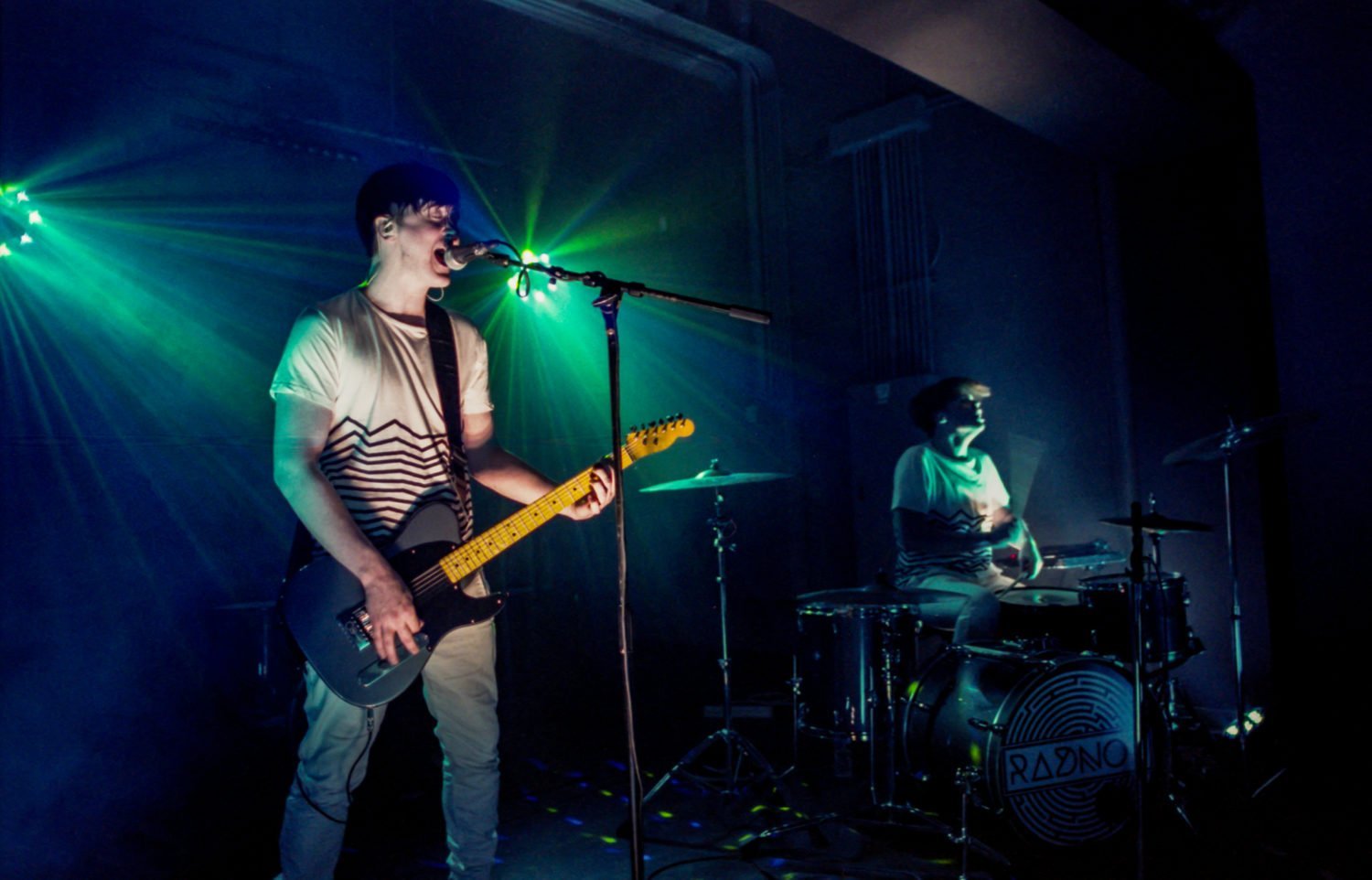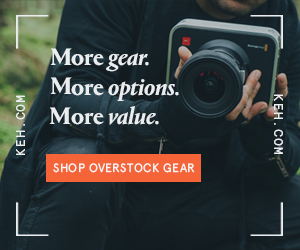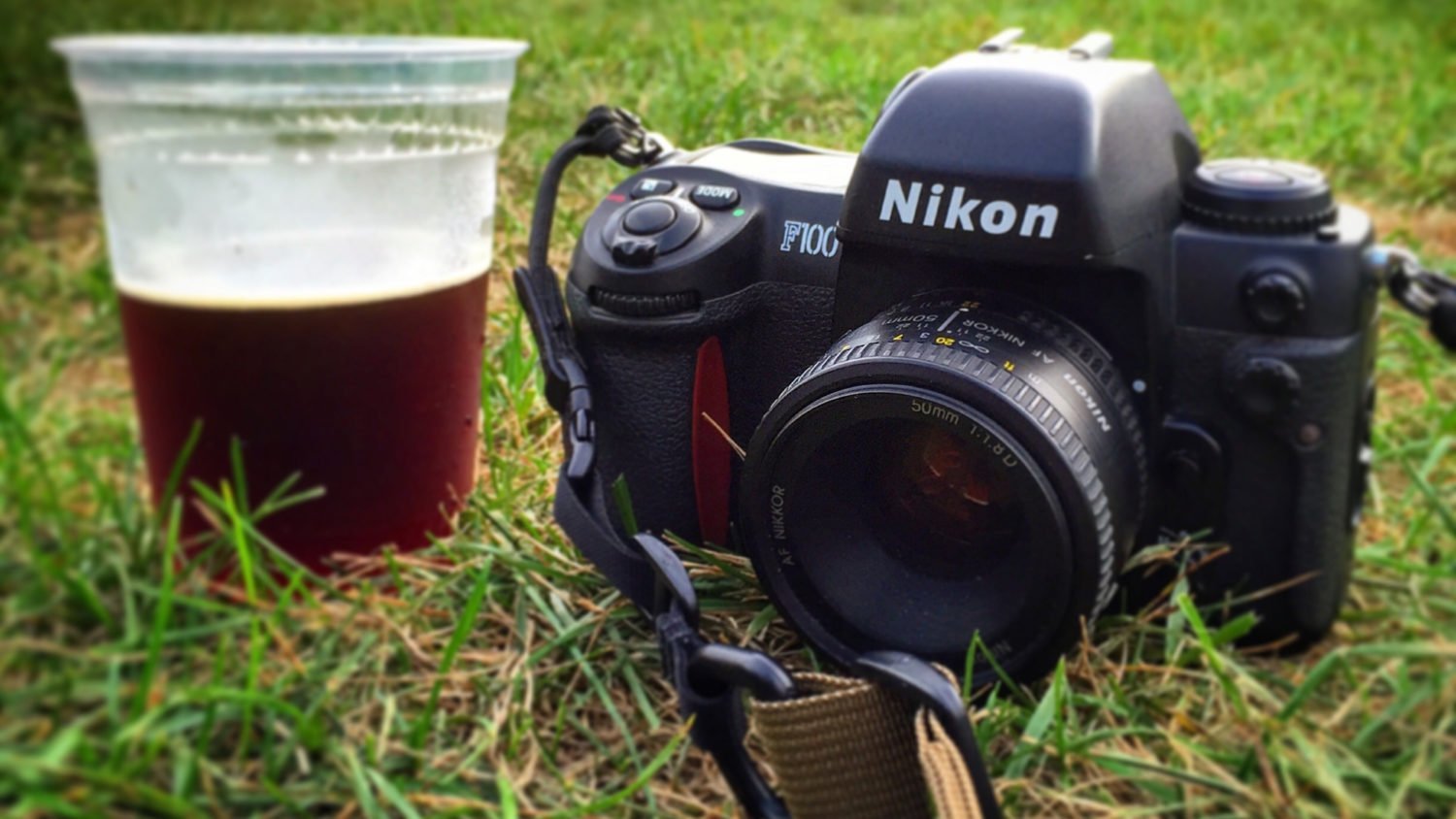
The Nikon F100 holds a very special place in my heart. Back in early 2010 (when I was first getting into film) the Nikon F100 was the first 35mm that I took seriously. I had a Nikon N65 before that, but I tested it as more of a proof of concept than anything else. I wasn’t sold on film yet – it was more of a curiosity. I wanted to know what it was like and what it could do, and most importantly, if I was good enough to make it work. I got some good results from the Nikon N65, but I hated it. The camera was entry level and the fit and finish wasn’t the best. After a few rolls I decided to take 35mm more seriously, and that lead me to the Nikon F100.
History of the Nikon F100
The Nikon F100 was released in 1999, and at the time it was a trimmed down version of their Professional model, the Nikon F5. The Nikon F100 came at the tail end of the film era, and in many ways it represents the transition to the digital world. Sitting right below the Nikon F5, it was Nikon’s semi-pro option, offering a lot of the F5 features while having a lower price. The F100 replaced the aging Nikon N90/N90X, which came out in 1990 and 1992 respectfully. The F100 brought the modern design of the F5 to the semi-pro model. Beyond the aesthetic, the F100 carried over much of the tech of the F5, including meter, auto-focus, and custom functions. The F100 was only the second Nikon camera to have custom functions. This feature allowed changing settings the same way we would on a digital camera, giving us control over things like bracketing order, auto film rewind, half-press AF, and more. All of this made the F100 a popular alternative to the F5.
My Journey to the Nikon F100
I wanted to get something familiar to the DSLR I was using at the time, and a step above the N65. The F100 was Nikon’s first modern semi-pro SLR, this body would be the basis for the D200, D300, etc. At the time, my digital SLR was the D50, an entry level body. The switch to a camera that was so much higher up the ladder was quite jarring. The build of the F100 is fantastic. At the time, it was the best built camera I had ever used. I have since gotten an F5, but the F100 remains up there as far as build quality goes. Even on the digital side, my current camera is a D700 and it’s basically a descendant of the F100. The cameras are almost 10 years apart, but the similarities can clearly be seen. It’s a testament to the camera’s design that ten years later the basics remain unchanged. This design is what I found most appealing, and many other photographers agree. Going into the world of film can be scary for a lot of photographers, but having something familiar can ease the transition. Sure it is ten years old and uses film, but the basic controls remain the same.
Nikon F100 Review

The F100 controls like a digital Nikon, and that makes it much more accessible. Moving to film requires a lot of learning, anything to make that easier increases your chances of success. On top of that, most current lenses work great with the F100 – DX and AF-P being exceptions. Technically, you can use DX lenses, but there can be pronounced vignetting. I won’t waste any more time talking about specs, I want to focus on what it’s like to shoot.
The shooting experience is what you would expect from a ‘Pro’ body, albeit one that’s over 20 years old. Good build, positive feel in the hand, quick and accurate auto focus, effective control layout. Switching back to Nikon have me a second look at this camera, and both times it never let me down. I have used it for street shooting, night photography, live music and weddings. Its biggest advantage is the Nikon system. Now, I know everyone is very passionate about their camera brands, but it is my opinion that no camera ‘gets out of its own way’ like a Nikon. Everything is where it should be, and it’s fast and responsive. When this camera was released digital transition had already begun. The world was changing, and this camera benefited. One of the best ‘digital’ features this camera had is the ability to record shooting information. In the digital world we take data recording for granted, but for film shooters this is not an expected feature we can fall back on. Today, we call it EXIF data, but back then having a record of shutter speed, aperture, ISO, etc was something that we had to carry a notebook for. The F100 saves this information in the camera and it can be downloaded later. At the time, Nikon had an accessory that would download a text file to a CF card. Today the Meta35 downloads the data to your computer, and syncs the information to your film scans. These tools make this camera a great option for those looking for a ‘hybrid’ shooting experience. While having this data isn’t do or die, it is helpful to learn and grow.
Bottom Line
Ultimately, the F100 is the most sensible choice for a Nikon photographer that wants to explore the world of film. The 90’s offered many options that seemed transitional. Looking back now, the shift to digital had obviously already started. When Nikon released this camera, we might not have realized that they were setting the stage for the D1 to come the next year. It is wild that this camera’s design set the standard for the next 20 years. In 2019, it has more in common with Nikon’s current DSLRs than it does with the Nikons of the early 90s. The F100 has been my recommended 35mm for over ten years, and I doubt that will change any time soon.
Interested in buying a Nikon F100? You can use my affiliate link to get up to 20% off at KEH Camera. If you buy something through my affiliate links, I may earn a small commission.






